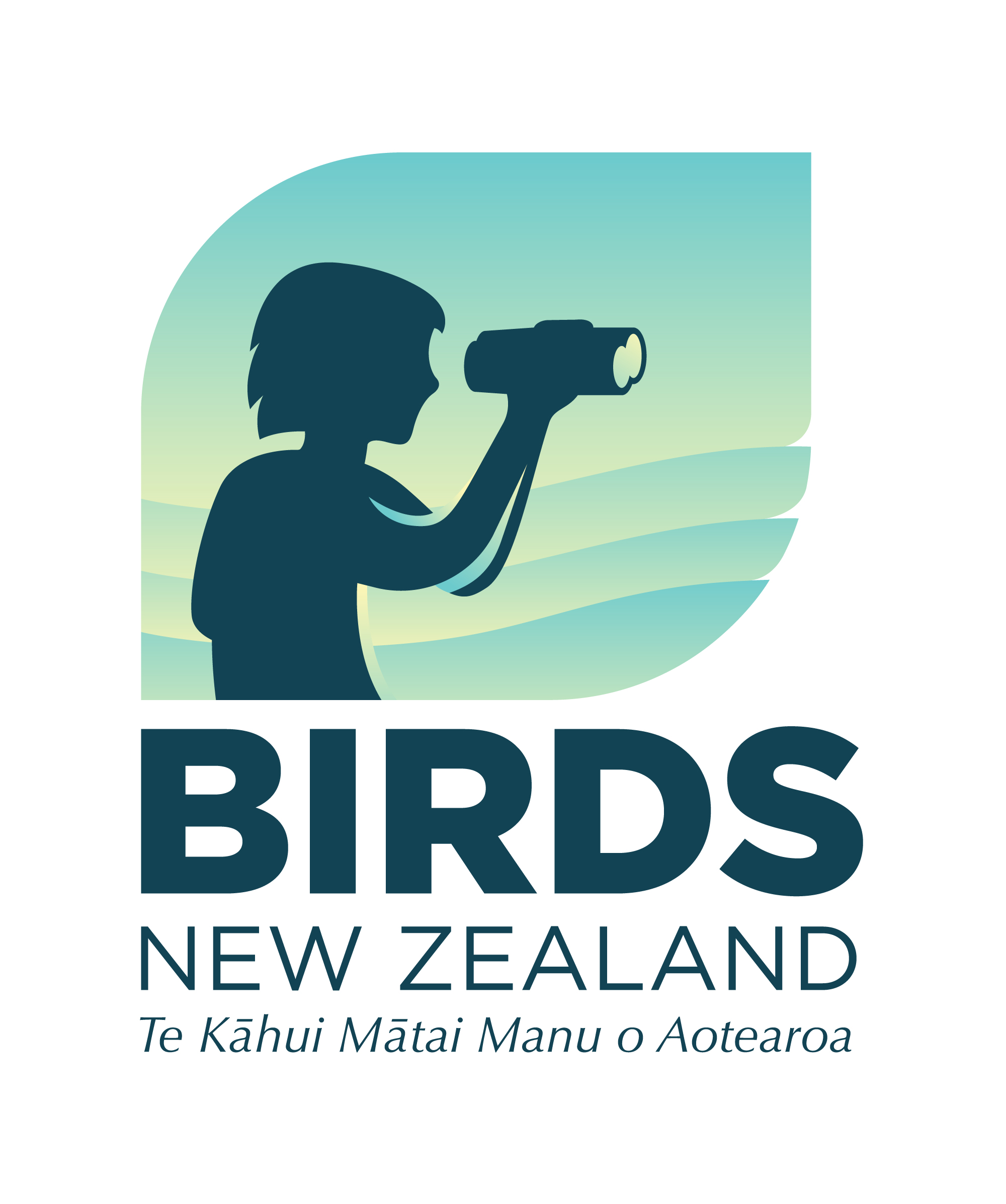Notornis, 68 (4), 245–252
Article Type: Paper
The Floreana mockingbird (Mimus trifasciatus) is one of the most endangered passerines in the world, with a global population of c. 400 individuals, restricted to two isolated islets: Champion and Gardner-by-Floreana. Due to its rarity and the inaccessibility to these islets, the biology of the Floreana mockingbird has remained poorly documented. Here we present a study on the diversity of food items consumed by Floreana mockingbirds prior to the rainy season. We recorded 269 foraging bouts, from 148 individuals on three independent sampling events. Floreana mockingbirds exhibited a generalist diet, which included flowers, nectar, stamens, sap, fruits, seeds, and seedlings from 12 plant species; larvae, pupae and adults of at least 10 arthropod orders; and small vertebrate prey, carrion, and egg contents. The diversity of food items between months and islets supports the idea of a generalist diet for the species. Our study provides useful information to identify and monitor the abundance of key resources for the species as part of the restoration of Floreana Island.
